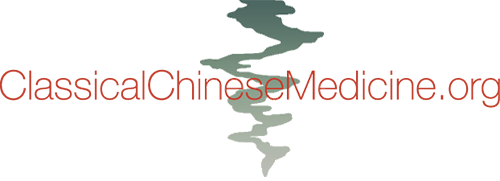Teishin: Interview with Susanne Erçetin and Bob Quinn
WITH BOB QUINN
INTERVIEW BY SUSANNE ERÇETIN
IN GERMAN
In this lively interview, Bob Quinn and Susanne Erçetin explore Japanese meridian therapy, non-insertive treatment techniques, history, and application using the teishin. Technique demonstrations and instructions included in this article.
